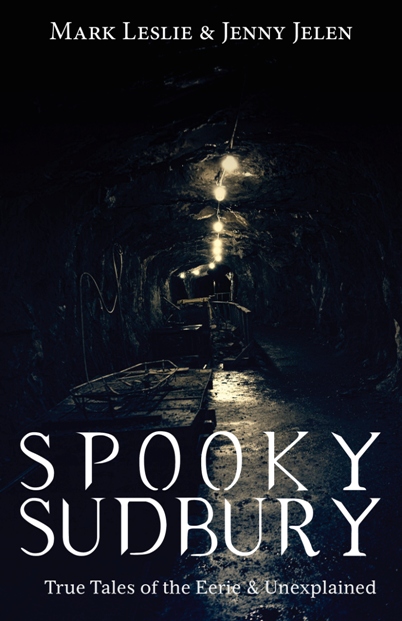The Sudbury Star is the City of Greater Sudbury’s daily newspaper.
When a group of Sudburians first announced they wanted to raise $50,000 to place a bronze statue of Stompin’ Tom Connors downtown, it seemed a bit out of place. Connors was not a Sudburian, yet he is inexorably part of our heritage for his iconic song, Sudbury Saturday Night. He is not necessarily associated with an individual place, rather he was relentlessly Canadian. Why a bronze statue in Sudbury?
Because he was able to write a simple, irresistibly catchy song that captured who we were at the time. In 1965, when he wrote the song, we were a city of hard partying labourors drinking away the sweat of the mines. It does not represent what Sudbury is today, but Connors was able to make a nation think about a city that many at the time knew only as a place “up North.”
Sudbury Saturday Night — best captured in his performance at the Horseshoe Tavern — might make us cringe a bit now. “The girls are out to bingo and the boys are gettin’ stinko and we’ll think no more of Inco on a Sudbury Saturday Night.”
Inco is now Brazil-based Vale, and bingo has faded. And drinking heavily is not so much to be memorialized these days. “We’ll drink the loot we borrowed and recuperate tomorrow, cause everything is wonderful and we had a good fight.”


























